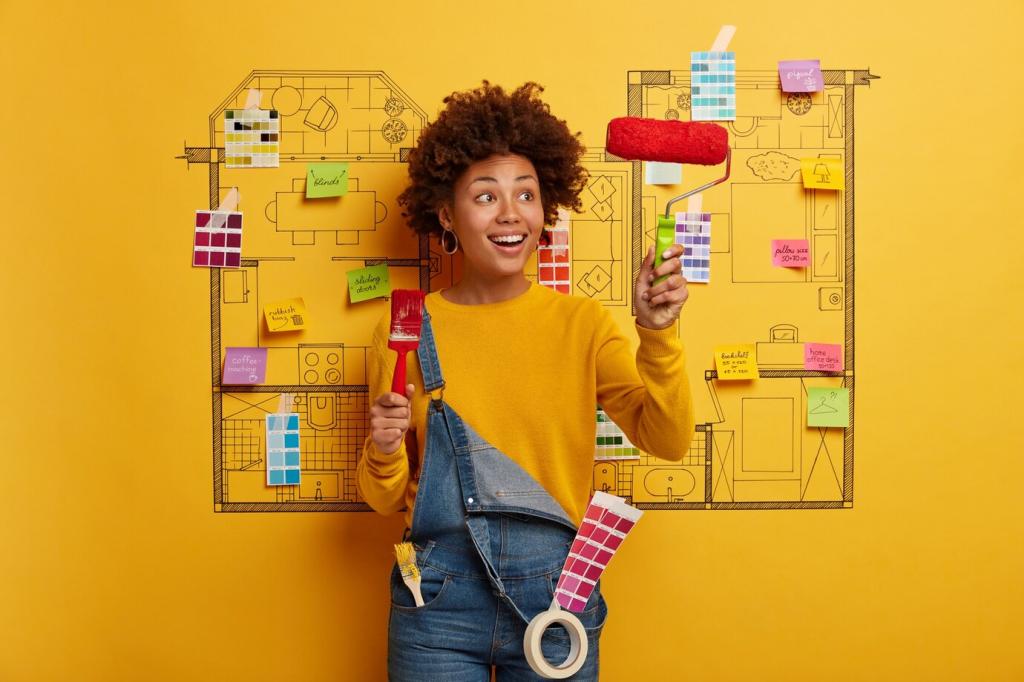Structure and Flow: From Hook to Call to Action
Start inside the room: “At 4 p.m., the kitchen turns copper.” Moments create momentum. Then widen the lens to concept, constraints, and solutions. This rhythm invites readers to care before you explain. What single moment defines your latest project’s mood?
Structure and Flow: From Hook to Call to Action
Select details that advance the narrative: why fluted glass balances privacy and light, or how a lowered soffit tucks vents and frames a dining nook. Trim lists that read like shopping carts. Curate language the way you curate materials—deliberately.







